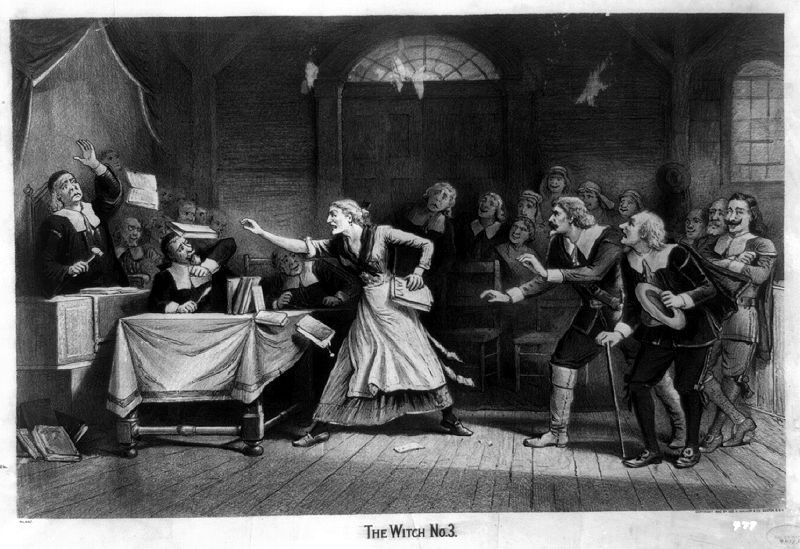
News and Commentary. The FAA has proposed a web-based drone sightings data collection tool, which would allow anyone – anyone at all -to report a “rogue drone.”
Forbes reports that the FAA has requested approval from the Office of Management and Budget to launch a “web-based data collection system” for the public to report “airborne and ground based observations by the public of drone behavior that they consider suspicious or illegal.” In other words, if you think you see a drone, you can report it. Or, if your neighbor is flying a drone in his yard and you don’t like him, you can report him.
While the FAA says that the system will put them in compliance with Congress’ direction to gather more true information about drone dangers, they still need to get public comment on “(a) Whether the proposed collection of information is necessary for FAA’s performance; (b) the accuracy of the estimated burden; (c) ways for FAA to enhance the quality, utility and clarity of the information collection; and (d) ways that the burden could be minimized without reducing the quality of the collected information,” Forbes says.
The proposal has glaring flaws. The FAA has previously admitted that it does not have a system for accurately gathering drone sightings data – their oft-quoted statistics come from a very questionable spreadsheet, which ranges from detailed pilot reports to garbled anonymous answering machine messages. But a public website to gather crowd-sourced data puts almost all of the reports on the anonymous answering machine message basis. How many people in the public can accurately assess the height of a drone from the ground? How will they know if the drone has legal permission to be where it is or not? How could they possibly assess reasonable flight behavior if they are not drone operators?
Obviously, they can’t. Unless a drone actually hits them on the head in their own backyard, the uninformed and nervous public cannot reasonably be expected to provide more accurate data than the mix of drone sightings from airports currently available. With our own politicians making ridiculous comments about drones peeping in kitchen windows and stealing jobs from West Virginia while commenting on FAA Reauthorization, what value does a data set on drone sightings from the random public have?
Not only does an open data collection tool on drone sightings provide data of little value, it offers the potential for significant damage. Until the public can be educated about the very real benefits that drones have to offer, many are nervous about what they perceive to be a privacy and security risk from commercial drones. If the FAA should decide to investigate or harass operators who are reported for “suspicious” behavior, they will create a “witch hunt” atmosphere which may hinder the development of promising and beneficial drone businesses.
While the FAA evidently would like to make it very easy to hear from absolutely anyone about a rogue drone, public comments on this whole idea will only be received in writing, and until July 11. Send comments to: Ronda Thompson, Room 441, Federal Aviation Administration, ASP-110, 950 L’Enfant Plaza SW., Washington, DC 20024.

Miriam McNabb is the Editor-in-Chief of DRONELIFE and CEO of JobForDrones, a professional drone services marketplace, and a fascinated observer of the emerging drone industry and the regulatory environment for drones. Miriam has penned over 3,000 articles focused on the commercial drone space and is an international speaker and recognized figure in the industry. Miriam has a degree from the University of Chicago and over 20 years of experience in high tech sales and marketing for new technologies.
For drone industry consulting or writing, Email Miriam.
TWITTER:@spaldingbarker
Subscribe to DroneLife here.